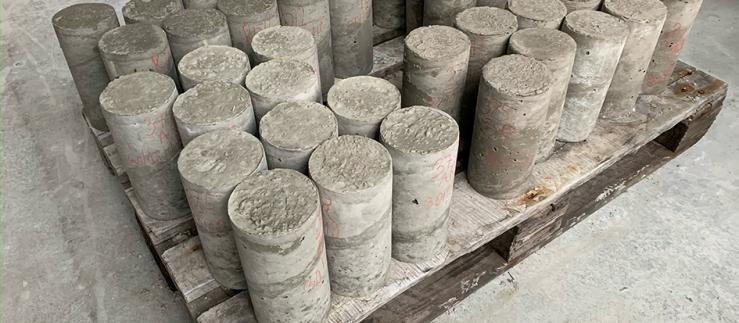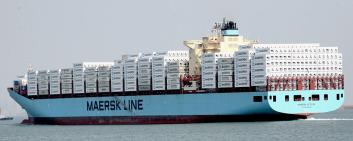Most of the household and industrial waste from the Zurich Oberland region is processed at Hinwil, where it is incinerated in the Zweckverband Kehrichtverwertung Zürcher Oberland (KEZO) waste incineration plant. Around 200,000 tonnes per annum of waste are incinerated and used to generate electricity and district heating. The incineration process results in around 40,000 tonnes per annum of slag, which has to be deposited in landfill sites.
Around ten years ago, the operators of the Hinwil waste incineration plant and the Office for Waste, Water, Energy and Air of the Canton of Zurich (AWEL) set an ambitious target: to ensure that in future the slag would no longer have to be deposited in landfill sites. “We realised that the slag contains numerous recyclable materials, which we want to reclaim as fully as possible,” says Daniel Böni, Managing Director of the Hinwil waste incineration plant.
Dry processing of slag
The vision has made a leap forward towards realisation in 2016, when a processing plant for dry slag was brought into operation at the waste incineration plant site in Hinwil. Dry slag refers to slag that is no longer cooled using water on leaving the incinerator, as used to be the practice, but is dried using an intake of cold air. This has considerable advantages for downstream processing – in particular, fine metal residues are easier to recover for recycling from dry slag.
Slag contains around 10% iron and a further 3.5% of metals such as aluminium, copper, brass and even precious metals such as gold, silver and palladium.
The new plant enables the yield of metals from slag to be increased by 30 to 40% from previous levels.
This improvement is due primarily to the fact that the new plant can also separate out fine-grained metal residues. The benefits are two-fold: firstly, from an ecological point of view, because small metal particles can cause substantial environmental harm. Secondly, from a financial point of view, the value of the recovered metals is high enough for the dry slag processing plant to be operated on a profitable basis due to the income from sales.
Metals in a very clean form
The plant built by ZAV Recycling AG is the first of its kind worldwide. It is dimensioned so that a third of the slag generated in Switzerland can be processed here, and enables metals of a very clean quality to be recovered. To date, dry slag from the waste incineration plants at Hagenholz (ERZ, City of Zurich), Horgen, Monthey (SATOM) and Zuchwil (KEBAG) are delivered here for processing. “We have had many visits from foreign specialists who are interested in our system. They want to use our know-how in the renewal of their own plants,” says KEZO Managing Director Daniel Böni.
The results to date have been very pleasing, but the operators of the dry slag processing plant want to take things further. Metals are currently being recovered from the slag successfully, and good results are also obtained from glass. In future other mineral products are to be separated out from the slag and reintroduced into the materials cycle as raw materials or building materials. This means that the vision of the full recycling of slag is gradually becoming reality.
© Swiss Cleantech Report 2017 - www.swisscleantechreport.ch – interactive mobile app via Play available (Androïd / iOS)







